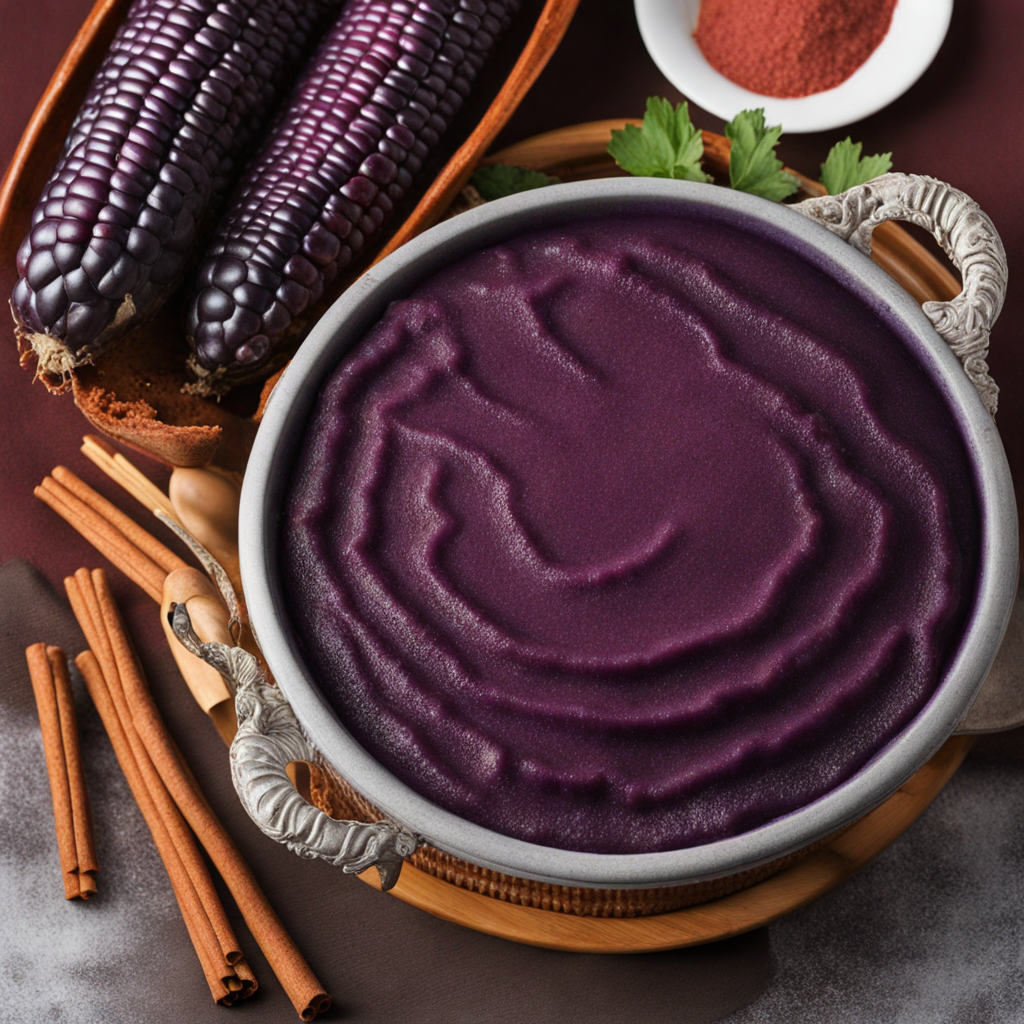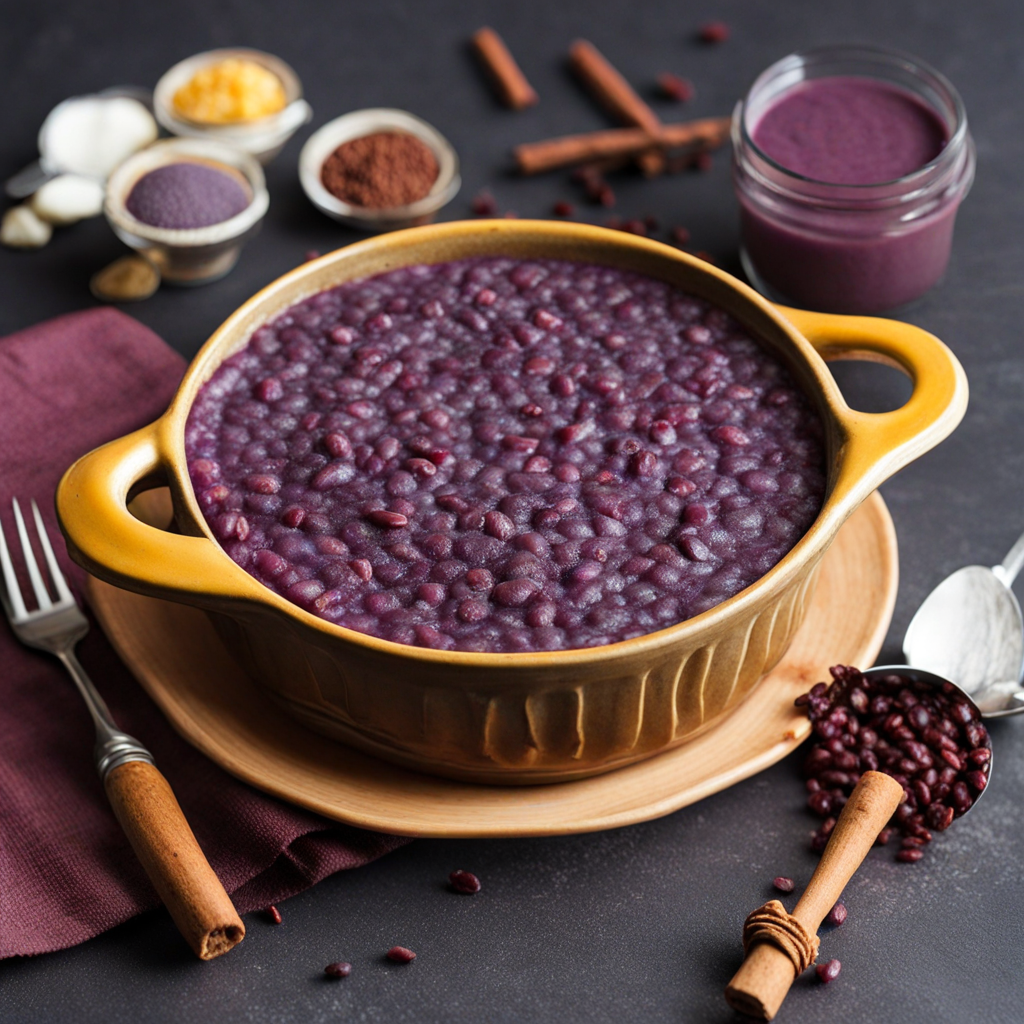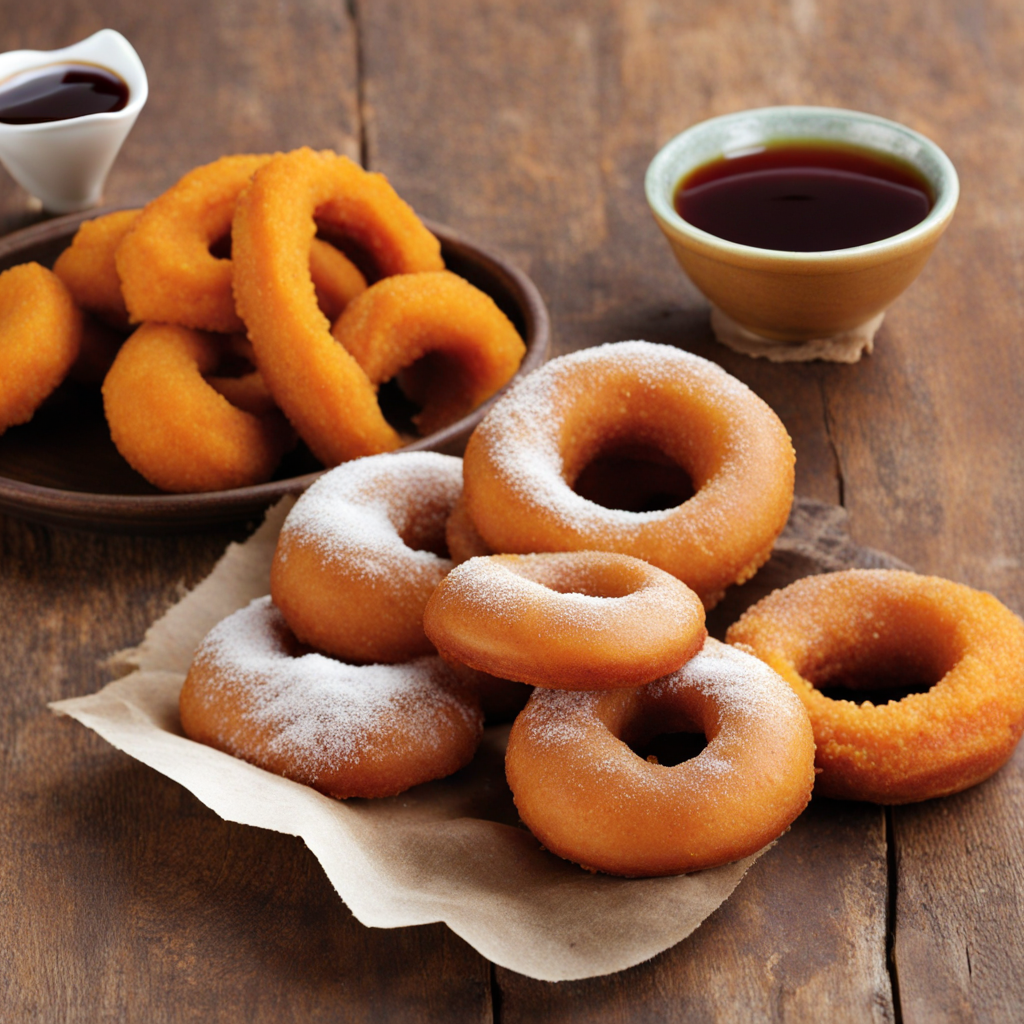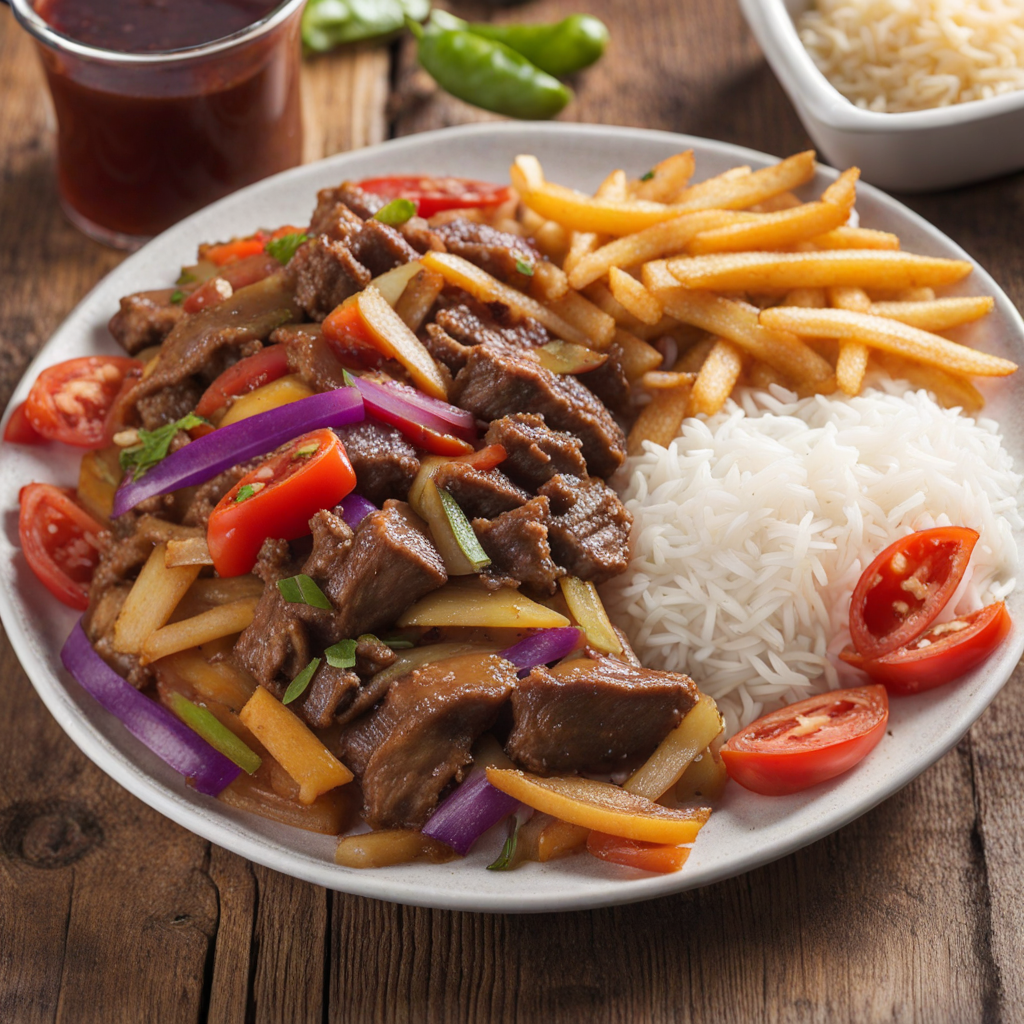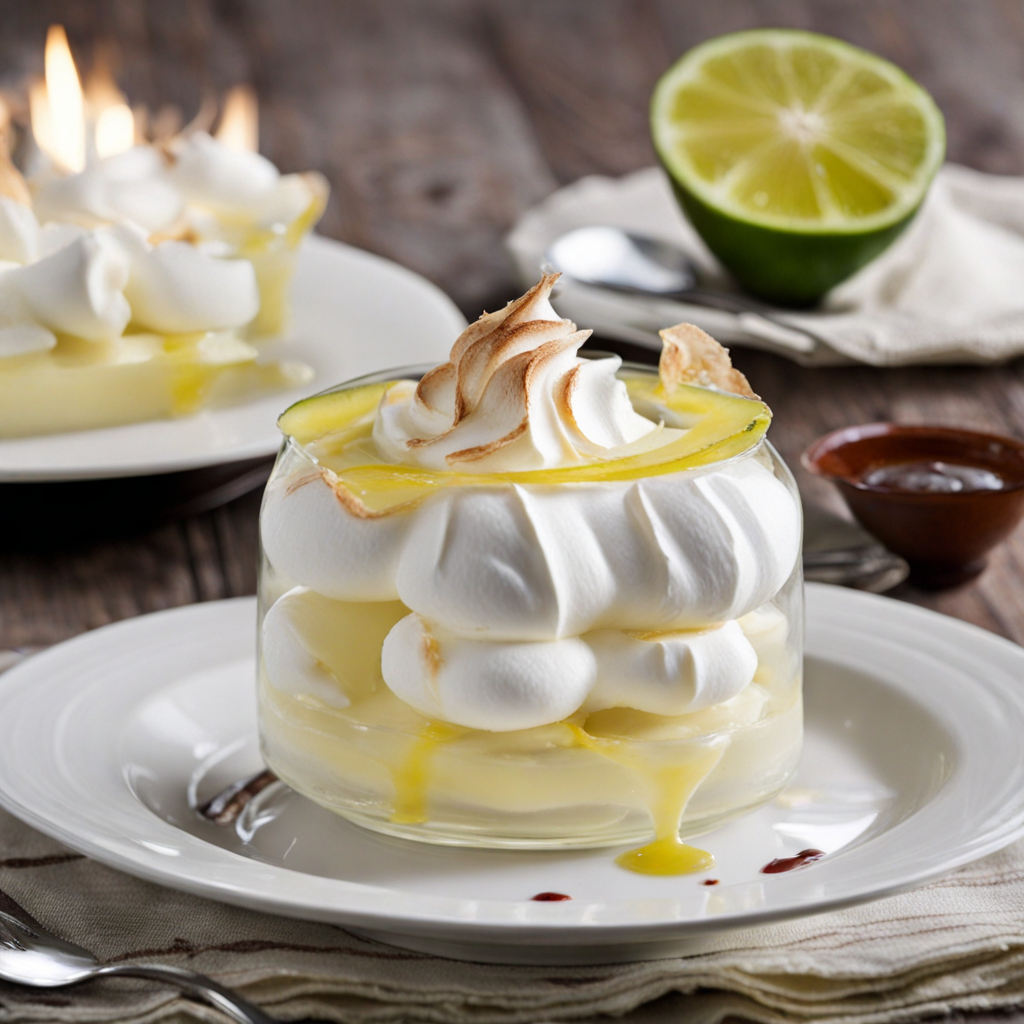Mazamorra Morada
Mazamorra Morada is a traditional Peruvian dessert that boasts a rich history and a unique flavor profile, making it a beloved dish in Peruvian cuisine. Its origins can be traced back to the colonial era, where it evolved from indigenous culinary practices combined with Spanish influences. The dish is deeply rooted in Andean culture, using local ingredients such as purple corn, which is native to Peru, and has been cultivated for thousands of years. This vibrant dessert not only serves as a sweet treat but also reflects the cultural fusion that characterizes Peru’s multifaceted culinary landscape. The primary ingredient of Mazamorra Morada is purple corn, known as "maíz morado." This variety of corn is celebrated for its deep, rich color and high antioxidant content. The corn is cooked with water to create a flavorful base, after which it is strained to remove the solids. The resulting liquid takes on a striking purple hue, which is characteristic of the dish. In addition to the purple corn, other key ingredients include sugar, cinnamon, cloves, and fruit such as pineapple and apple, which enhance the dish's sweetness and depth of flavor. Sometimes, a touch of lemon or lime juice is added to provide a refreshing contrast to the sweetness. The preparation of Mazamorra Morada involves several steps. First, the purple corn is boiled with water, along with spices like cinnamon and cloves, for an extended period to extract the vibrant color and flavor. Once the corn has imparted its essence into the water
How It Became This Dish
The Rich Tapestry of Mazamorra Morada: A Peruvian Delight Mazamorra Morada is a traditional Peruvian dessert that embodies the rich cultural heritage of the Andes and the fusion of indigenous and Spanish influences. With its vibrant purple hue and unique flavor profile, this dish not only tantalizes the palate but also tells a story of history, tradition, and community. #### Origins: From Andean Roots to Colonial Influence The origins of Mazamorra Morada can be traced back to the ancient civilizations of the Andes, particularly the Incas, who revered the native ingredients that thrived in their diverse landscapes. The dish primarily features *maíz morado* (purple corn), a staple crop cultivated by the Incas for centuries. This corn variety is not just visually striking; it also possesses nutritional benefits and holds cultural significance. The deep purple color of the corn is attributed to the presence of anthocyanins, powerful antioxidants that were likely recognized by indigenous peoples long before modern science. When the Spanish colonizers arrived in the 16th century, they brought with them new ingredients and culinary techniques that would forever change the landscape of Peruvian cuisine. They introduced sugar, cinnamon, cloves, and other spices, which began to meld with indigenous recipes. The fusion of these two culinary worlds gave rise to Mazamorra Morada, which combines the traditional use of purple corn with the sweet and aromatic spices introduced by the Europeans. #### Cultural Significance: A Celebration of Community and Identity Mazamorra Morada is more than just a dessert; it is a symbol of cultural identity and community in Peru. The dish is often associated with celebrations, particularly during festivals and family gatherings. It is common to see Mazamorra Morada served during significant events such as birthdays, weddings, and religious celebrations, including the Days of the Dead, when families honor their deceased loved ones. The dish is often accompanied by *arroz con leche* (rice pudding), and together they form a comforting and nostalgic meal that evokes feelings of warmth and togetherness. In many households, the preparation of Mazamorra Morada is a communal activity, bringing families together in the kitchen to share stories and laughter while creating this beloved dessert. The vibrant purple color of Mazamorra Morada also holds symbolic significance. In Andean culture, colors are often imbued with meaning, and purple is associated with spirituality, fertility, and the connection between the earth and the heavens. Thus, the dish serves as a reminder of the rich cultural tapestry woven into the fabric of Peruvian life. #### The Evolution of Mazamorra Morada: From Tradition to Modernity Over the centuries, Mazamorra Morada has undergone various transformations, adapting to the changing tastes and preferences of the Peruvian people. In its traditional form, the dish is made by boiling purple corn with water, sugar, and spices, then thickening it with a starch, usually *chuño* (freeze-dried potato) or cornstarch. This results in a smooth, pudding-like consistency that is both comforting and satisfying. In contemporary Peru, Mazamorra Morada has seen a resurgence in popularity, with chefs and home cooks alike experimenting with new twists on the classic recipe. Innovative variations may include the incorporation of fruits like pineapple or apple, or the use of alternative sweeteners to cater to modern dietary preferences. Some creative interpretations even feature the addition of chocolate or other flavors, pushing the boundaries of this traditional dish while still honoring its roots. The dish has also gained recognition beyond the borders of Peru, thanks to the growing interest in world cuisines. Restaurants and food festivals around the globe have begun to showcase Mazamorra Morada, introducing it to new audiences who appreciate its unique flavor and cultural significance. #### Mazamorra Morada in the Global Culinary Scene As globalization continues to influence food culture, Mazamorra Morada has found its place on the international stage. In recent years, Peruvian cuisine has been celebrated for its diversity and complexity, with chefs like Gastón Acurio and Virgilio Martínez garnering international acclaim. Their work has highlighted traditional ingredients and dishes, including Mazamorra Morada, elevating them to new heights and showcasing the culinary heritage of Peru. Food festivals, cultural exchanges, and social media have played pivotal roles in promoting Peruvian cuisine worldwide. Mazamorra Morada, with its striking appearance and rich flavor, has become a favorite among food enthusiasts and chefs looking to explore the depth of Peruvian culinary traditions. The dish's adaptability and versatility make it an excellent candidate for reinterpretation, allowing it to resonate with diverse palates while remaining true to its roots. #### Conclusion: A Dish that Unites In conclusion, Mazamorra Morada is a quintessential representation of Peru's rich culinary heritage. From its humble beginnings in the Andean highlands to its place on the global culinary map, this dessert encapsulates the spirit of a nation defined by its history, diversity, and resilience. Every bite of Mazamorra Morada carries with it the stories of generations, the blending of cultures, and the enduring bonds of family and community. As the world continues to embrace the flavors of Peru, Mazamorra Morada stands as a testament to the power of food as a unifying force. It invites both locals and travelers to gather around the table, sharing in the joy of a dish that is as much a part of Peru's identity as it is a delicious dessert. Whether enjoyed on a festive occasion or as a comforting treat at home, Mazamorra Morada remains a beloved symbol of Peruvian culture, connecting the past with the present and inspiring future generations to cherish and celebrate their culinary heritage.
You may like
Discover local flavors from Peru


